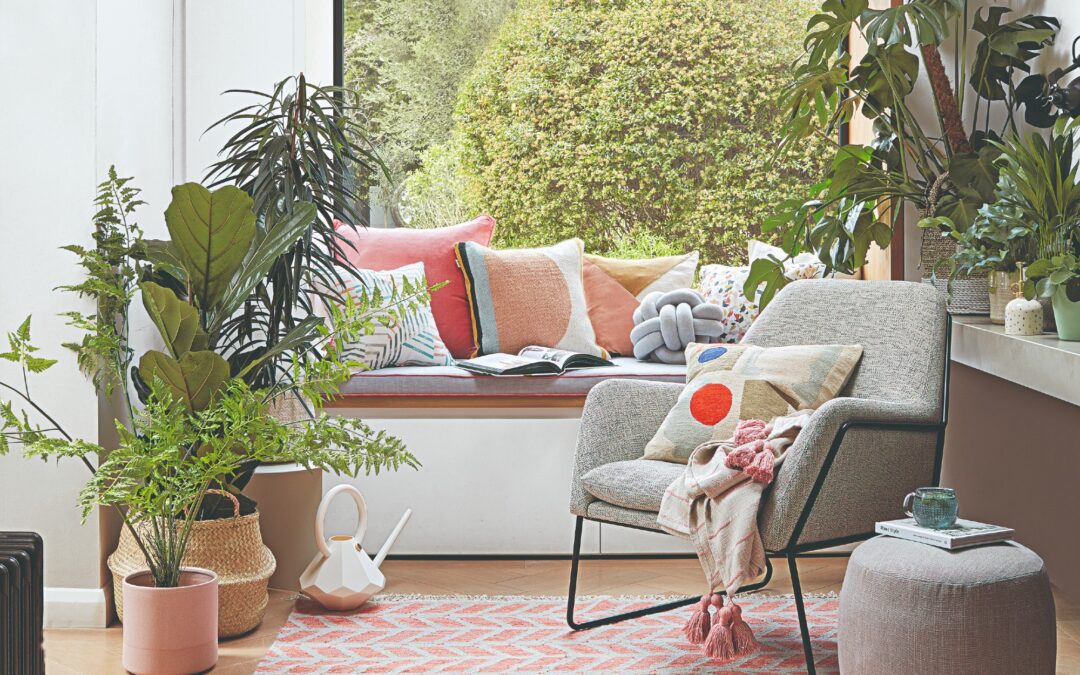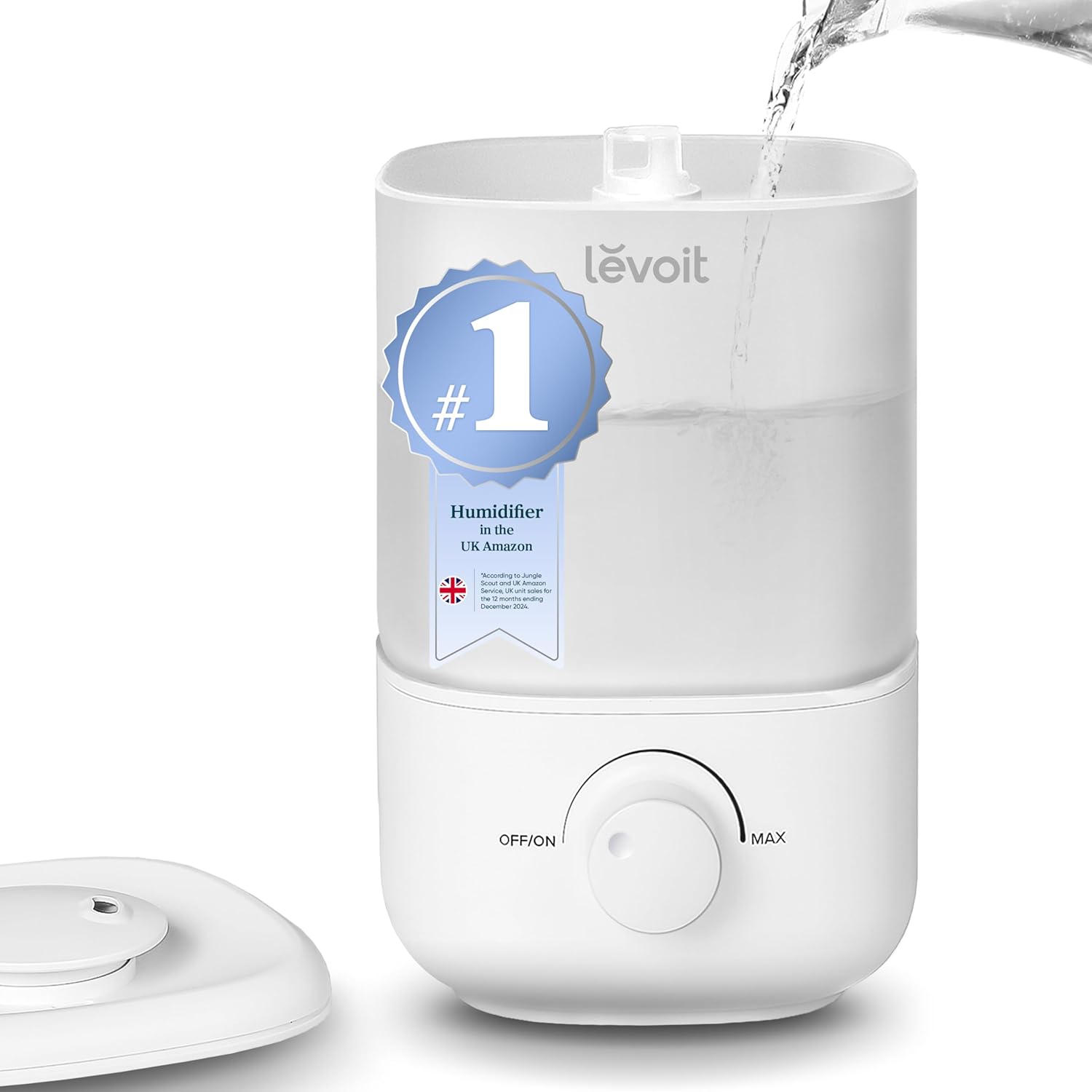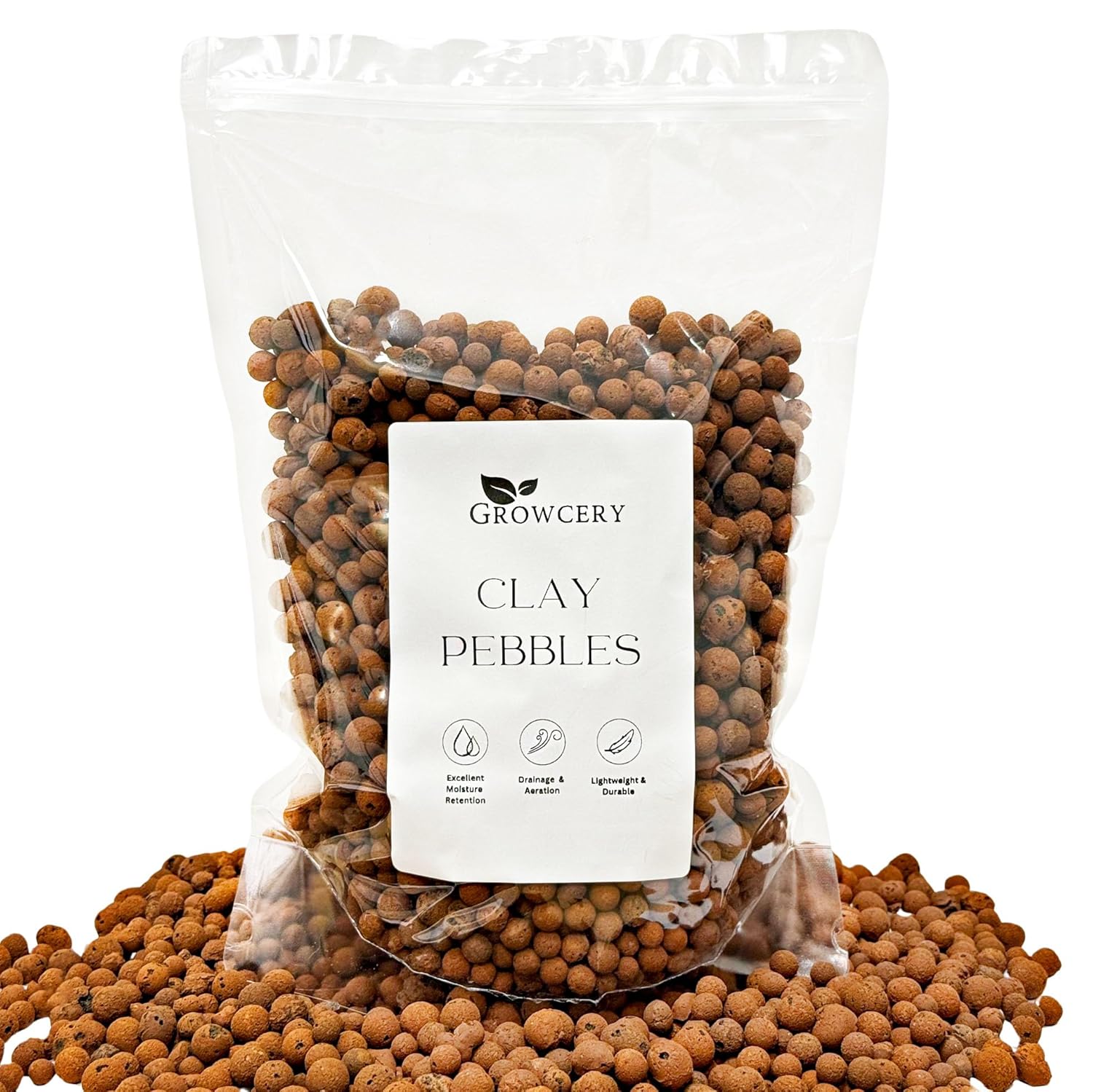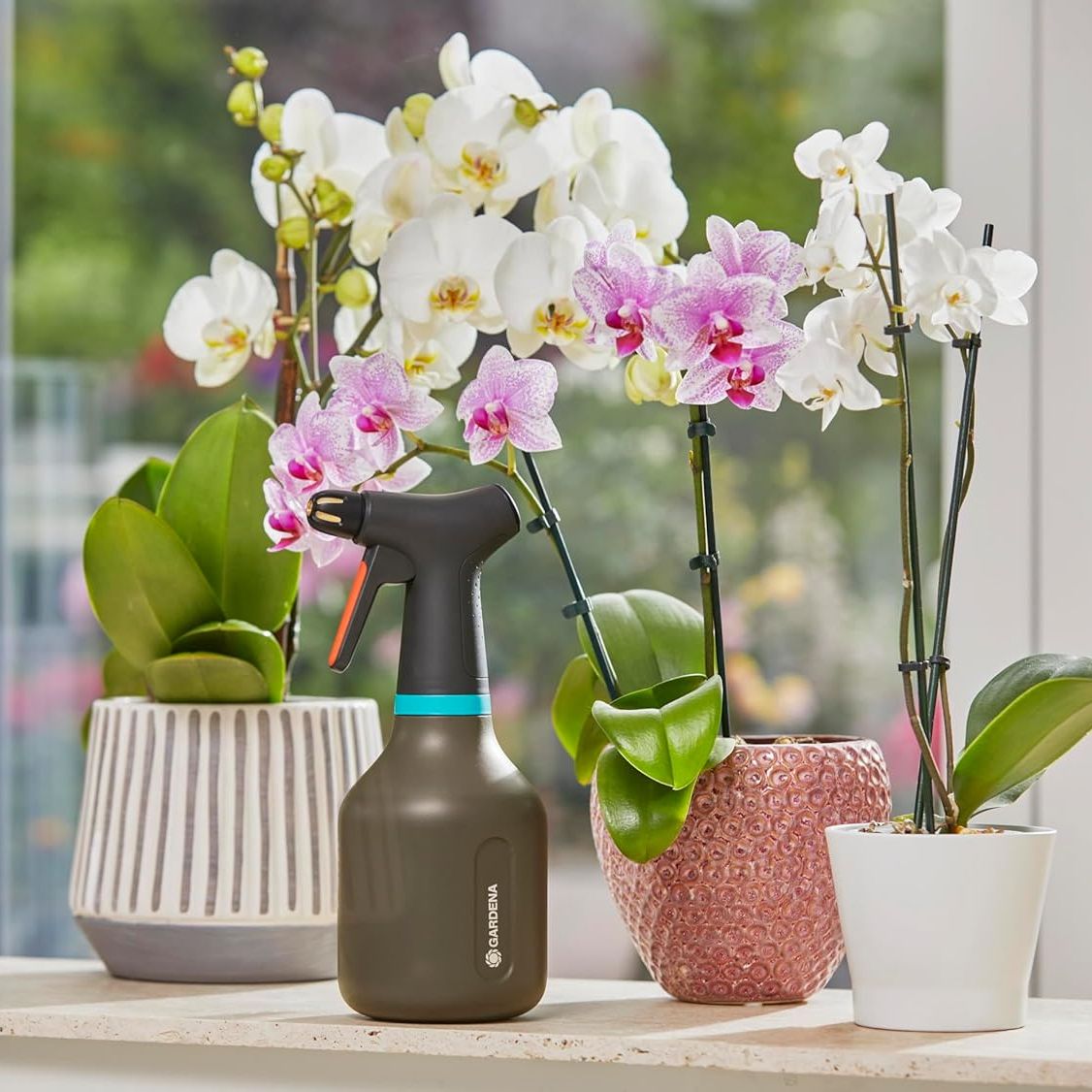When the temperatures plummet and the time comes to put on your heating, I can guarantee there’s one member of your household who won’t be happy about switching on the thermostat – your houseplants.
You may not be aware of this common winter houseplant problem, but your central heating can have a negative impact on the health of your favourite houseplants. Reducing the humidity in a room, your plants can dry out, overheat and become stressed.
Anyone who loves houseplants will tell you there is an art to keeping them alive, and while on the one hand you need to know how to help houseplants that have been exposed to the cold, it’s equally important to know what to do if the heating is too hot in your home. This is everything you need to know.
How can your heating harm houseplants?
As important and beneficial to your home a central heating system is, it often creates warm, dry air which can damage your houseplants.
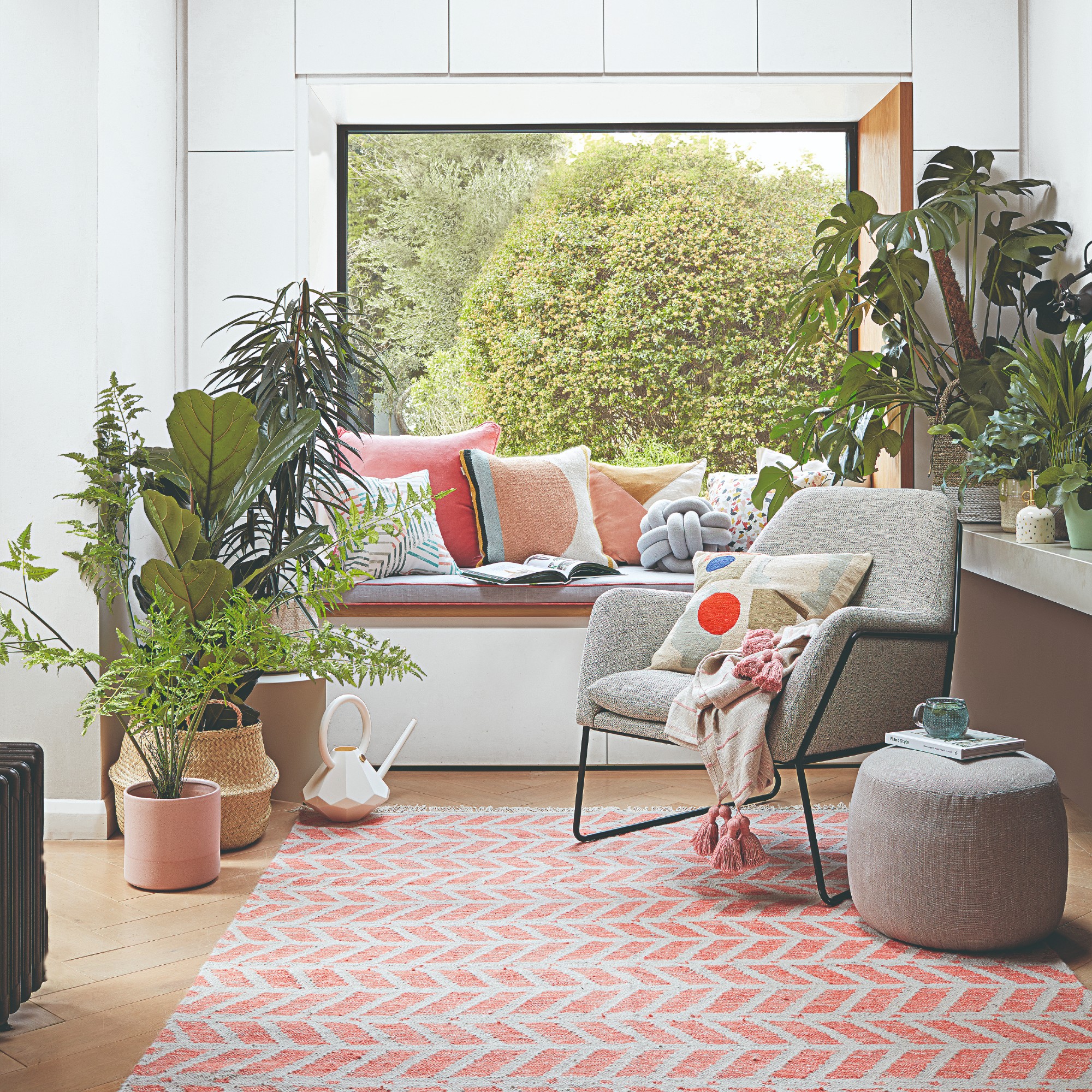
(Image credit: Future PLC/Tim Young)
‘People often blame themselves for being a ‘bad plant parent’, but the truth is most plants are reacting to sudden environmental changes in your home,’ explains horticulturalist Ollie Burgess, working in partnership with BOXT. ‘Houseplants don’t like surprises. Heating can change their microclimate – air dries out, temperatures fluctuate, and draughts appear. For plants, that’s stressful.’
Most of your houseplants, such as monsteras or peace lilies, originate in tropical climates, which means they prefer more humid conditions. This is why the dry air from your heating system can stress your plants.
‘The biggest mistake I see is running the heating on a high, fluctuating schedule,’ says Ollie.
‘Even swings from 16°C at night to 25°C during the day are enough to stress plants, causing browning leaves, curling, and drooping. The single most important thing to keep them alive when heating comes on is maintaining a stable environment. That means consistent temperature, humidity, and airflow.’
What plants are most affected?
While some houseplants are practically unkillable, others do prefer warm, humid conditions – these are the plants most likely to be negatively affected by your central heating system.
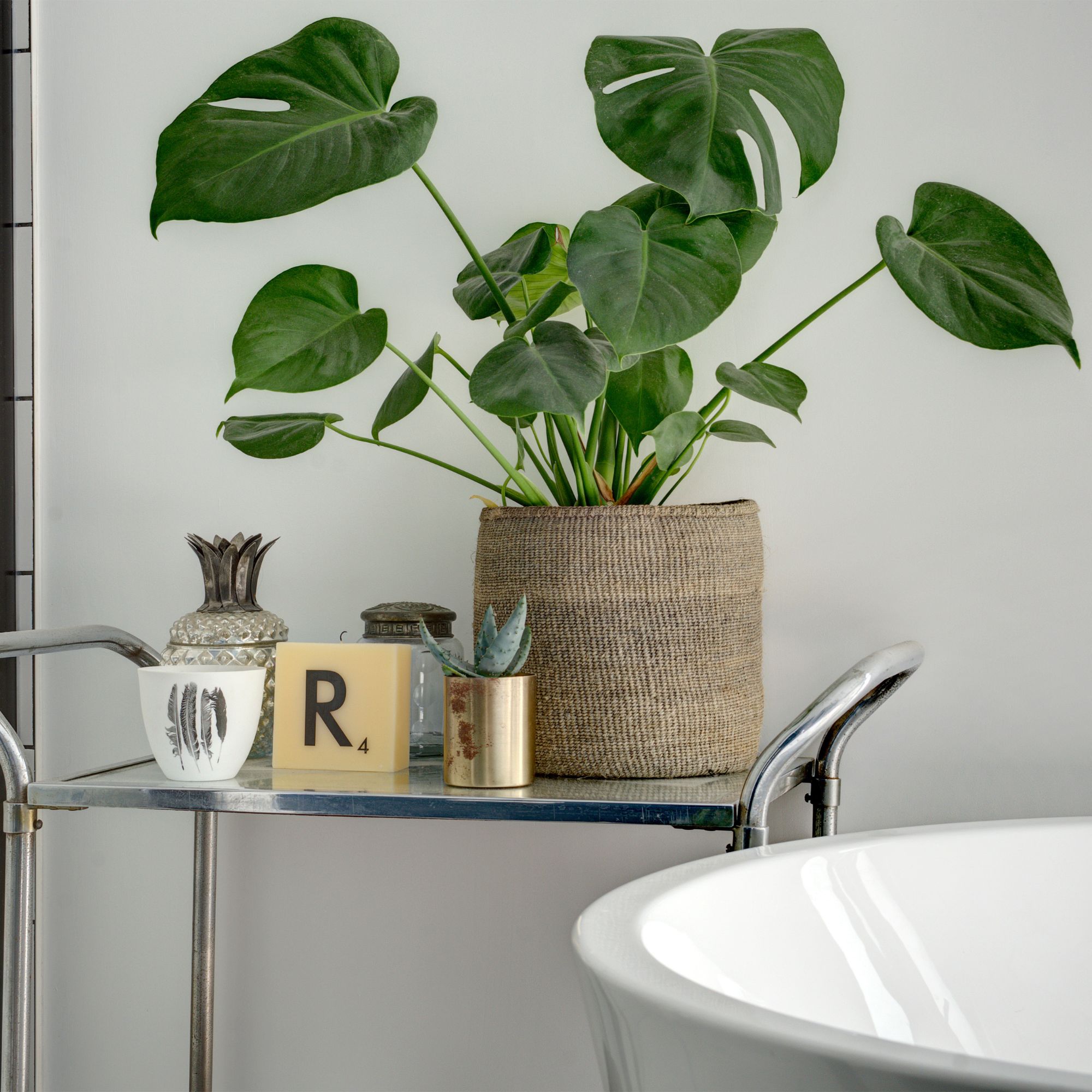
(Image credit: Future PLC / Heather Gunn Photography)
‘The houseplants which will be affected most by our central heating are those which like humid atmospheres, such as alocasia (elephant ear), calatheas (prayer plants), ferns, orchids and peace lilies. All these plants like high humidity, and as our central heating reduces the humidity, these plants will start to show the stress they are under with foliage wilting, tips of leaves turning brown and dry and may start to curl and shrivel,’ explains Lucie Bradley, gardening and greenhouse expert at Easy Garden Irrigation.
‘Whilst houseplants such as cacti and succulents, snake plants and ZZ plants are all able to tolerate dry air as they have originated from climates where they have been forced to adapt to survive in hot, dry areas of the world.’
How to protect houseplants from central heating
If you want to keep your houseplants alive while enjoying a warm home this winter, you need to consider the location of your houseplant and the humidity of its environment.
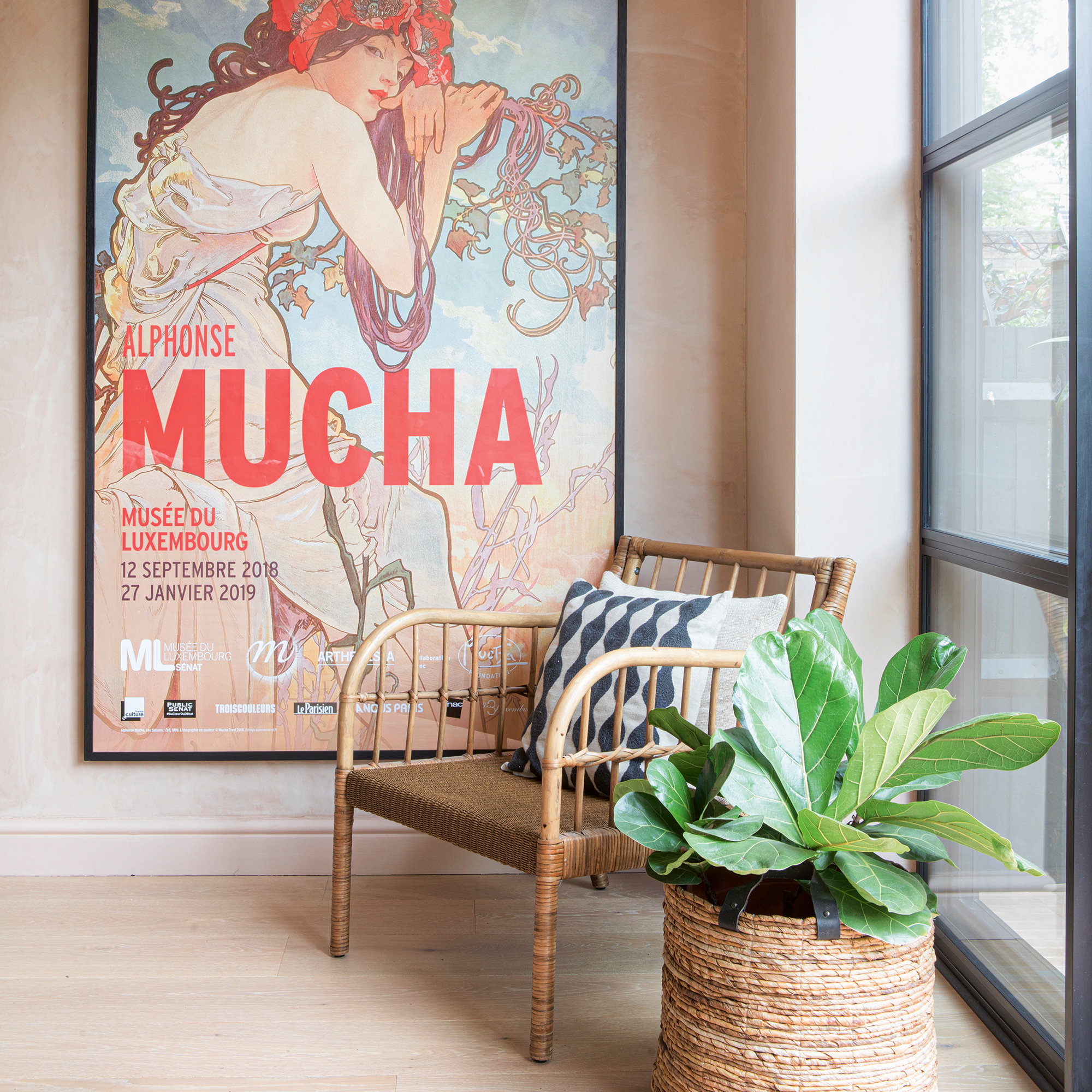
(Image credit: Future PLC/James French)
‘When it comes to location, ideally you need to move plants away from both draughts, such as when you open a door or window, as well as moving them away from heat sources, such as those which might be near fireplaces, on mantlepieces, or near radiators or other forms of Heating,’ says Lucie.
‘To increase the humidity around your plants, one of the most efficient, as well as remaining pretty to look at, is to group plants on a pebble tray – a shallow, watertight tray that you fill with pebbles and water. The pebbles keep the base of the potted plants from sitting in the water so their roots don’t rot, whilst increasing the humidity in the air.’
You should also mist your houseplants in winter for an immediate boost of humidity, but be careful not to do so, as this can cause fungal diseases. If your plants are already damaged from a lack of humidity, consider moving them to more humid areas, such as your kitchen or bathroom.
It is also recommended to prune the damaged foliage away and increase your watering schedule, especially if the soil is drying out quickly. Alternatively, these products are handy for increasing humidity in your home.
Putting your heating on is an unavoidable part of the colder months. But to avoid damage to your plants, keeping a close eye on the humidty in your home will make all the difference.

